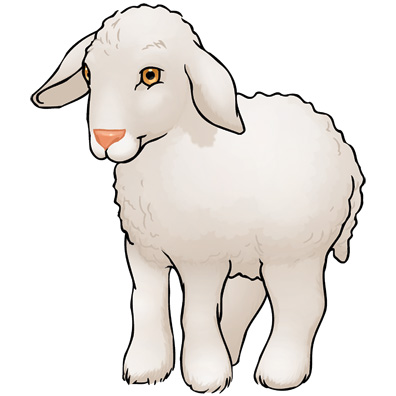What do you think of when you hear “bedtime story?” Most likely, it is a picture book or fiction story. But … have you read any good nonfiction books lately with your child? Have you considered bedtime math story problems?
Many young children are interested in all types of real-life things, from pets, trucks, and zoo animals to space, robots and dinosaurs. Our libraries are full of books on a multitude of topics. And, one key to motivating a reluctant reader might be to find a just-right book that appeals to the interests of the reader.
Choosing a high-quality informational book for reading aloud is not the only thing that is important. How the text is read aloud will influence children’s comprehension and vocabulary development. As you read, engage your child in explanations of content and make connections between content and children’s lives when appropriate.
You can also explore things like a table of contents, index, glossary, specialized vocabulary, charts and diagrams, graphics and text structure. Read aloud the book with the same enthusiasm as you would a picture book. Use the book to ignite your child’s curiosity and interest. You can even interject some comprehension strategies, such as, clarifying what a passage means, summarizing a page or paragraph, predicting before turning the page or questioning what was read.
After reading the book, parents can connect the information to personal experiences and invite children to share any “surprises” they experienced. Information may be able to be connected to classroom learning. Children might have questions that could lead to searching for additional resources.
Math is another subject that is neglected at bedtime. Early math skills are a better predictor of academic success than even reading ability. Making math part of a bedtime routine could change children’s attitudes toward math. Children may actually fall asleep “counting sheep.”

Try making up problems from the facts in the nonfiction books you are reading. For example, “Children chew an average of 300 sticks of gum each year. If you chewed gum at that rate, how many sticks of gum would you chew each month?” Or, read books that have a math theme. There are even picture books that focus on math. Make bedtime reading fun and full of discovery!
This column solely represents the writer’s opinion.
By Dr. Linda Rugg, principal at Jackson Elementary School Duneland School Corp.
Source: nwitimes.com – http://goo.gl/2rnsu


